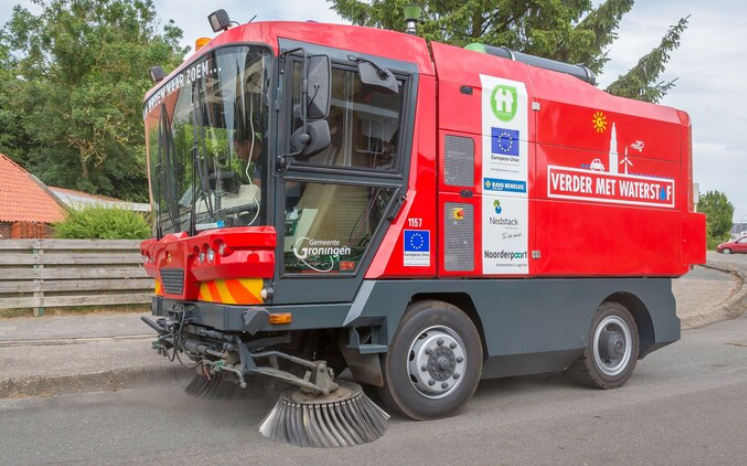Conveying the ‘So What?’ Factor for Hybrid and Electric Solutions
Highly technical solutions are not the easiest stories to tell. How could Nina Harjula market a multi-sector range of mobile vehicles and machinery, explain how they work, and convey the ‘So What’ factor? As Head of Marketing, Harjula discusses her work in Danfoss’ Editron division, which specializes in hybrid and electric powertrain systems for the marine, off-highway and on-highway markets.
How do you convey the ‘So What?’ factor in your marketing?
We put substantial focus into creating case studies that would use storytelling to highlight customer success.
The case studies tell the stories, such as how our power solutions help modernise ferries and cut down emissions by electrifying near-shore marine transportation. They illustrate how our electrification solutions help protect the environment and improve cities by causing less noise and emissions.
In these case studies we’re not just talking about our own products, but focusing on our customers’ success. And some of the case studies that have gained the most traction are those that demonstrate the larger story, such as a hydrogen fuel cell street sweeper that provided a local community with a quieter solution.
These are stories that feature multiple impacts for businesses, the community and the environment. It’s what communication should be doing. And, of course our product marketing communications are extremely important. But we try to keep the customer in front.

How did you approach the product marketing?
We had to make it easy for our audience to understand how Danfoss’ products could work for businesses. We are selling a technical solution and not one particular kind, but different components for different industries with varying requirements and needs.
We created an eCalculator to communicate what our power solutions could do for different businesses. It showed them the particular products that would apply to their business, and the results it could offer. The software took a lot of collaboration. We needed to find development teams to create the software, synthesise very complex information, and develop digitally in a way that is, even in 2022, outside the comfort zone of many B2Bs.
We needed it to be user-friendly and customer centric, and it involved creating consensus across multiple teams to make it happen. and I’m proud that we were brave enough to take it on.
What makes a difference in your customer journey?
It’s the open access and the timing. Everyone who wants it has exposure to the tools, including potential consumers, partners and the general public. We want to make it easy for our audiences and to serve them. So we make it simple to reach us, and to know how we can help.
But to get there we need the customer to know us as a brand, and then to understand why they should consider our solutions. Then we focus on the product. We have to take it one level at a time. A prospect has to know why they should do something before they know how they can do something. And we are consistently working to improve this experience.
